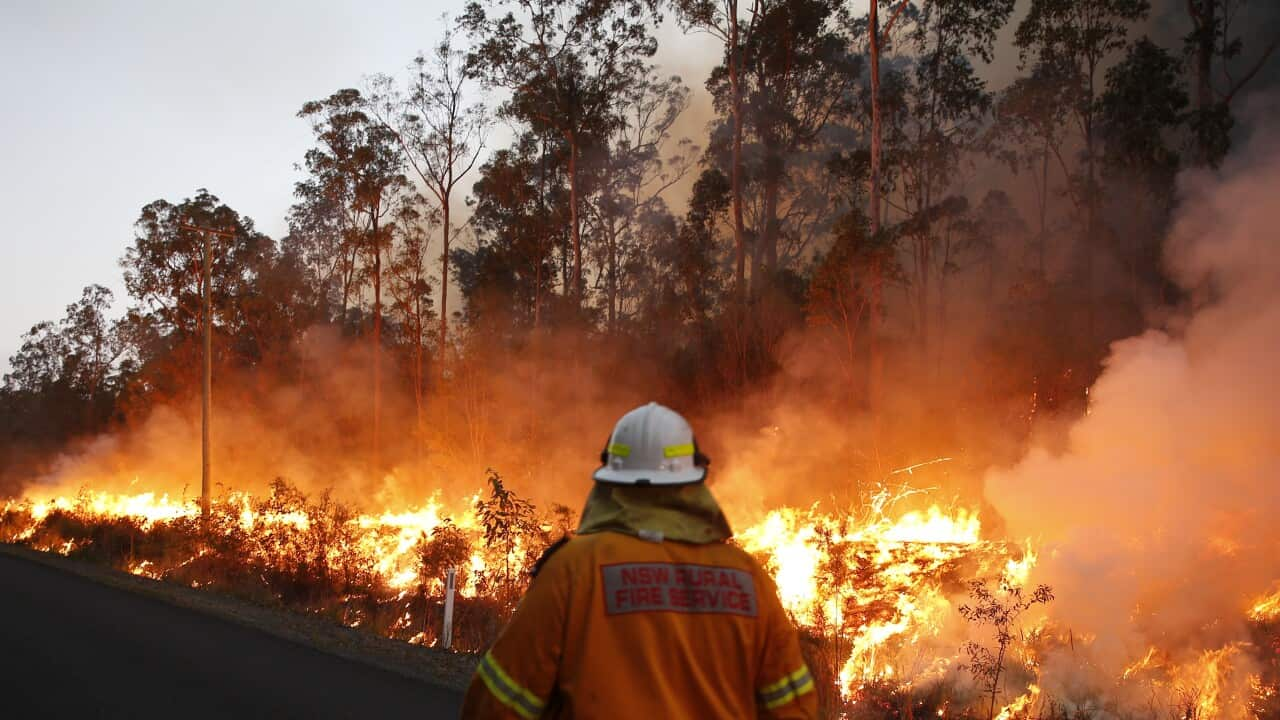Untangling the Relevance of a Comprehensive BAL Report for Your Residential or commercial property
Untangling the Relevance of a Comprehensive BAL Report for Your Residential or commercial property
Blog Article
How BAL Report Impacts Bush Fire Security Steps
In the world of bush fire security, the Building Attack Degree (BAL) record stands as a crucial device that dramatically affects the safety and security and durability of residential or commercial properties in fire-prone areas - BAL Report. The effect of a BAL assessment expands far beyond plain documents; it offers as the keystone for identifying the appropriate building standards and fire security actions required to alleviate the threats positioned by bushfires. As areas face increasingly extreme fire seasons, comprehending exactly how the BAL record shapes these safety steps becomes paramount for policymakers, property owners, and contractors alike
Recognizing the Bushfire Strike Degree

Relevance of BAL Report Evaluation

Additionally, the BAL record evaluation acts as a fundamental action in adhering to legal commitments and demands connected to bushfire defense. Local councils and authorities often mandate the entry of a BAL record as component of the planning and building approval procedure to guarantee that residential or commercial properties are adequately safeguarded versus bushfire risks. Failing to conduct a thorough BAL record evaluation can lead to insufficient defense procedures, leaving properties susceptible to ravaging bushfire events.
Building Specifications Based on BAL
A comprehensive understanding of the Bushfire Attack Degree (BAL) makes it possible for property proprietors to carry out building and construction criteria customized to their specific risk profile. Building and construction standards based on BAL are important in mitigating the influence of bushfires on residential properties. The BAL ranking classifies the possible risk a residential property deals with during a bushfire on a scale from BAL-Low to BAL-FZ (Fire Area)
Implementing Fire Defense Actions
With the structure of construction criteria based on Bushfire Attack Degree (BAL) in area, the focus now moves towards the useful application of fire defense procedures to fortify buildings against bushfire threats. Implementing fire defense measures includes a combination of passive and active methods to boost the strength of buildings in bushfire-prone locations. Passive measures include making use of fireproof structure products, installing coal guards on vents, securing voids in wall surfaces and roof coverings, blog here and keeping a clear space around the residential property without flammable vegetation. Active actions encompass having firefighting devices conveniently offered, such as hose pipes and water pumps, as well as creating a defendable room around the residential property by clearing vegetation and having a well-kept garden. Additionally, establishing an emptying plan and making certain all locals know emergency procedures are essential parts of efficient fire security actions. By incorporating both passive and energetic strategies, residential or commercial properties can blog here considerably decrease their susceptability to bushfire cases and enhance the safety of owners.
Shielding Homes Against Bushfires
Efficiently protecting homes against the devastating impacts of bushfires calls for a proactive and extensive strategy to fire protection steps. Homeowners residing in bushfire-prone areas must focus on the implementation of different techniques to boost their residential or commercial property's strength against wildfires. One basic facet is creating a defensible room around the home by preserving a clear zone devoid of combustible materials. This consists of regularly cutting plants, eliminating dead plants, and making sure a risk-free range in between trees and frameworks. Setting up fireproof roof covering materials can additionally considerably minimize the danger of cinder assaults and direct flame call. Additionally, securing gaps and vents to avoid cinder breach, as well as including fireproof windows and doors, can assist fortify the home's protection versus bushfires. Buying a dependable water resource, such as a well-maintained sprinkler system or a devoted water storage tank, is crucial for supplying water throughout fire emergencies - BAL Report. By accepting an aggressive stance and incorporating these safety steps, homeowners can substantially increase their possibilities of safeguarding their homes against bushfires.
Conclusion
In verdict, the Bushfire Strike Level (BAL) report plays a crucial function in determining the needed protection procedures against check here bushfires. Implementing fire defense procedures based on the BAL report is important in safeguarding residential or commercial properties from potential bushfire dangers.
In examining bushfire threat to buildings, recognizing the Bushfire Strike Degree (BAL) is a critical component for implementing efficient protection steps. Generally, a clear understanding of the Bushfire Strike Level is necessary for applying adequate security procedures and minimizing the effect of bushfires on residential or commercial properties.

Report this page